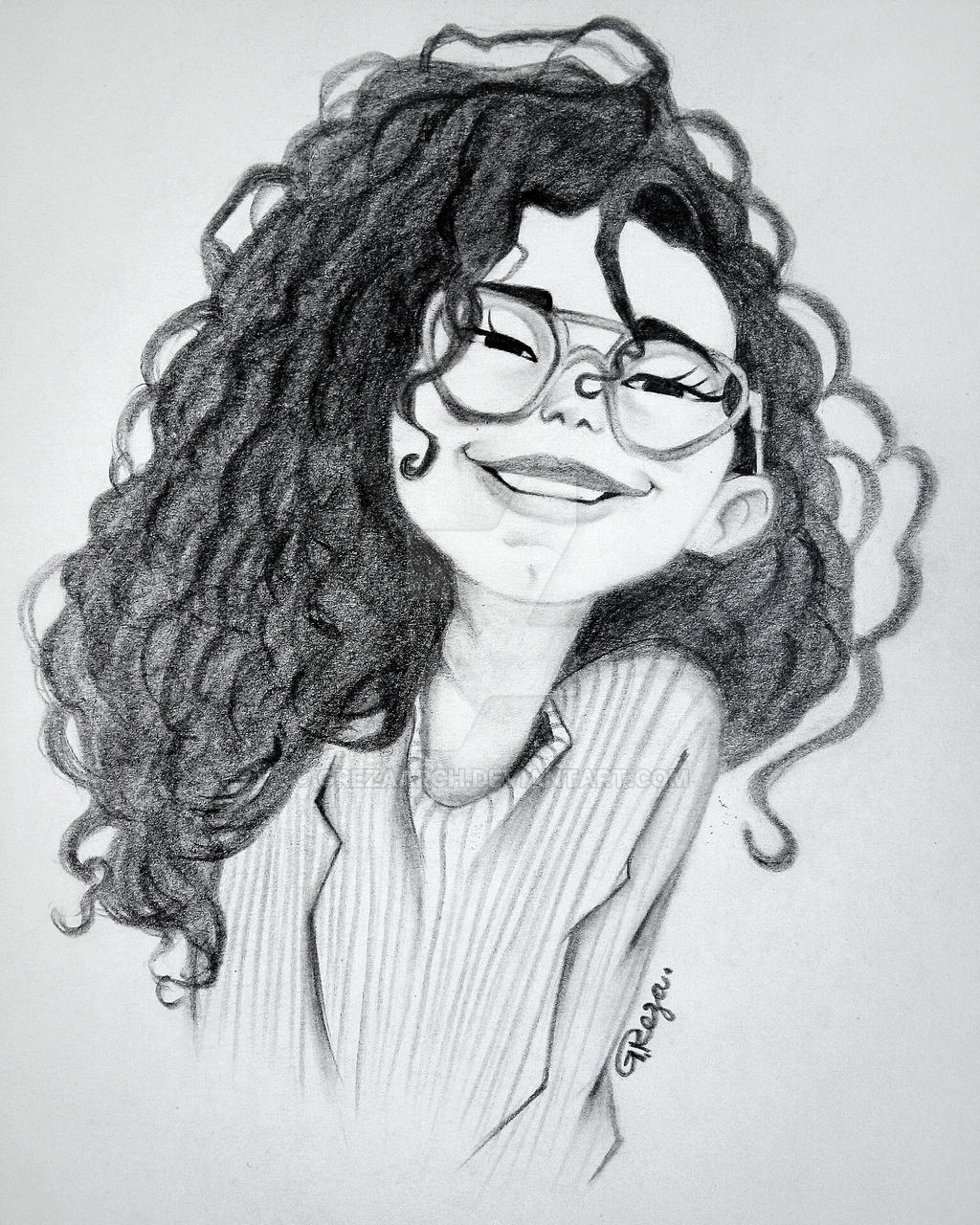Drawing Hair for Beginners Graphite and Colored Pencil Techniques
Table Of Content

Using our reference image as your guide, carefully draw the head outline sitting on a neck using your pencil. To do this, you will need a light pencil for this first step, as you will be drawing somewhat of a mannequin head that you will draw the hair onto. If you asked a group of artists whether realistic hair is easy to draw, it’s doubtful that many would answer yes to that question. Well, because when we look at a person in real life, we don't see every individual hair strand. What we see is a mass of hair that creates a certain shape. We recognize it as lot's of hair and we notice it's texture but our first impression is it's shape.
Step 14
Again add in the hairline over top of the head drawing. Apply small, circular strokes to the hair area with Terra Cotta. Use a light touch, taking it out into the skin area to create a hairline.
Step 2 – Draw the Hairline
Hair is a very important point of expression for our characters, so drawing hair exactly as we imagine it can be a real challenge. I try to break it down and think three-dimensionally and consider the volume and shape of the hair form with drawing hair. To further enhance your hair drawing skills, seek feedback and constructive critique from fellow artists or mentors. Join art communities or online forums where you can share your work and receive valuable insights from others. Now that you have the basic structure, strands, and volume, it’s time to refine the details. Pay attention to smaller elements like flyaway hairs, wisps, and stray strands to add a sense of realism.
Step Two: Sketch locks of hair
The perspective and angle of the head might make them look smaller or narrow. Drawing hair can be a challenging yet rewarding endeavor for artists. Consider the direction and flow of the hair strands, and add subtle curves or arcs to convey a sense of motion. This will make your drawings appear more lively and engaging.

How to Draw Hair
Adding realistic hair to a portrait can make it come to life. It's totally understandable if you're feeling intimidated, but we've got you covered! We'll help you break the process down into manageable steps and add details one layer at a time to achieve realistic-looking hair in your drawings. Read on for a detailed guide on outlining, sketching, shading, highlighting, and more. This tutorial shows how to draw female hair with three different hairstyle variations including natural looking, straight and curly hair.
Indiana State Police clarify why they released new sketch in Delphi investigation - FOX 59 Indianapolis
Indiana State Police clarify why they released new sketch in Delphi investigation.
Posted: Wed, 24 Apr 2019 07:00:00 GMT [source]
And when I draw it, I like to give it a prickly, pointy, rough appearance. I followed all these criteria to brush up my character and then I added the necessary amount of detail while keeping it simple. • I added some texture, following the direction of the curves.
Gently outline the hair without drawing lines that are too thick. Make the general outline complete by drawing the hairline next to the ear. Shade the hair now, thinking in terms of strands, not single hairs. Outline the whole hair, following the rhythm of strands.
The full-color portrait, above, shows how reflective color can be. If you look closely, you can see the subtle blue tones reflecting onto the skin and hair of the subject. I love drawing hair and all of the waves and colors being reflected throughout it.
Next, apply dark pencil strokes to create the illusion of length. When thinking about the hairline, we should think about steps. Hairlines are not straight lines or fully curved lines (unless you’re balding). Most hairlines have some sort of “steps” like shapes on the sides of the head.
On the sides of the hairline, add small soft lines to hint at the beginning of the hair. Use the diagram below as a guide if you’re feeling lost. We are going to draw the “steps” and work with a round hairline. Make it very, very light since we’re going to only use it as a reference.
The below image includes hairstyles consisting of irregular layers and overlapping locks. Don’t limit yourself to just one drawing tool when exploring hair drawing techniques. Experiment with various tools such as graphite pencils, charcoal, ink pens, or even digital brushes to achieve different textures and effects.
People are some of the most fascinating and difficult subjects to draw. From rendering the complexity of eyes to the shapes of lips, there are many different nuances involved. And, while facial features capture the likeness of a person, hair can say a lot about their personality and style. Finally, you could finish off this character by adding a face to it. We kept the face of this realistic hair blank to make it look like a mannequin. For the simplest of all cartoon hair types, you're basically done.
Gradually darken the overall drawing until you create a good balance between the various areas of the hair. Be sure to keep the strokes in the light and mid tone ares visible by leaving some distance between them. After you draw the hair strands, use Terra Cotta to give it a reddish shine. Leave a band of light in the protruding areas so the hair looks curved and wavy.
Comments
Post a Comment